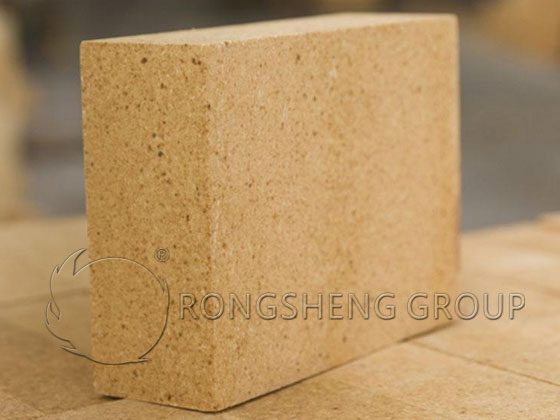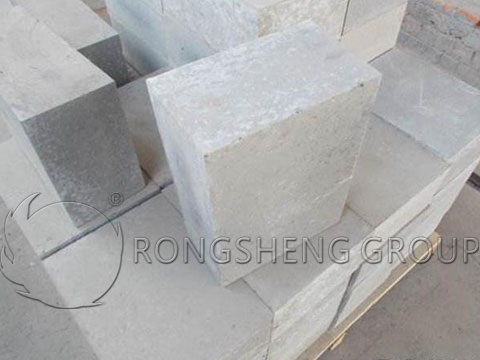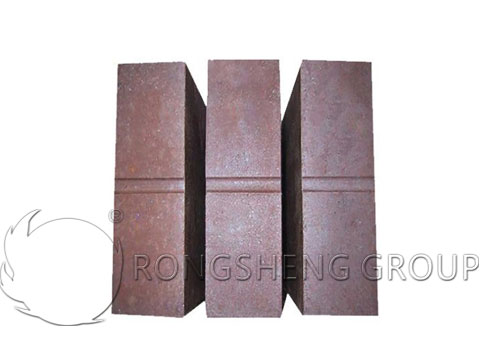
In the realm of high-temperature industries, equipment longevity and operational stability are constantly threatened by extreme heat and corrosive environments. Steel, glass, and ceramics manufacturing plants regularly wrestle with the damaging effects of temperatures surpassing 1500°C and the persistent assault of acidic and alkaline slags. The quest for materials that can endure such harsh conditions is never-ending, and excellence in refractory solutions becomes paramount.
The cornerstone of addressing these challenges lies in innovative refractory bricks tailored to resist both thermal stress and chemical attack. In this arena, Rongsheng Refractory Materials Factory has established itself as a national high-tech enterprise, boasting over two decades of dedicated research and development. Their flagship product, the high-alumina refractory brick, has emerged as a reliable shield for high-temperature processes worldwide.
At its core, the high-alumina bricks from Rongsheng pack an impressive Al2O3 content exceeding 75%, empowering these bricks with exceptional acid and alkali slag resistance—a common pitfall for many standard bricks. The thermal stability withstands temperatures up to 1800°C with minimal deformation, while mechanical strength tests report compressive strengths upwards of 70 MPa, illustrating their robustness under industrial pressure.
Compared to ordinary fireclay bricks, which usually have an Al2O3 content around 40%-50%, Rongsheng's high-alumina bricks offer significantly enhanced refractoriness and corrosion resistance. This translates into longer service life, reduced downtime, and lower maintenance costs—key factors where downtime can cost industries tens of thousands of dollars per day.
| Property | Rongsheng High-Alumina Brick | Standard Fireclay Brick |
|---|---|---|
| Al2O3 Content | > 75% | 40%-50% |
| Maximum Service Temperature | 1800°C | 1400°C |
| Compressive Strength | 70 MPa | 40 MPa |
| Resistance to Acid & Alkali Slag | High | Medium |
It's worth noting that industries like steelmaking, glass manufacturing, and ceramics each have unique demands regarding refractory performance. For example, steel plants require bricks that endure both thermal shock and corrosive slags, whereas glass furnaces prioritize thermal conductivity and stability. Recognizing these nuances, Rongsheng provides a versatile range of high-alumina bricks differentiated by purity grades and physical properties, perfectly aligned with client-specific operational parameters.
This customization ensures clients across Asia, Europe, and the Americas find products that not only fulfill but often exceed their durability expectations. Behind this commitment lie rigorous quality management systems certified by ISO 9001 and CE, which guarantee consistent manufacturing standards and product reliability.

Innovation has been the engine powering Rongsheng's two decades of success. Their R&D team continuously refines material formulations and manufacturing techniques, leading to enhanced thermal and mechanical properties. For instance, recent advances have improved thermal shock resistance by over 12% compared to prior benchmarks, according to internal testing.
Moreover, comprehensive certifications such as ISO 9001:2015 and CE compliance not only underscore product excellence but also facilitate seamless market entry globally. These credentials provide end-users with confidence in operational safety and environmental standards adherence.

The implications of deploying high-performance refractory materials extend beyond immediate economic benefits. By maximizing furnace lifespan and minimizing unplanned outages, Rongsheng’s bricks contribute directly to reduced energy consumption and lower carbon emissions. This aligns with global trends towards sustainable industrial processes.
As industries evolve and sustainability becomes ever more critical, collaboration with a trusted partner like Rongsheng—who blends innovation, quality, and deep application expertise—can be a game-changer for operational resilience and green transformation.





